In 2020, we’ve seen a fair number of Wear OS smartwatches hit the market. While most of them have tried to differentiate themselves by tweaking their design to match a certain style, the one thing they’ve all had in common is a circular display. When the circular display was introduced for smartwatches more than half a decade ago, the look was revolutionary. The Motorola 360 offered an edge-to-edge circular display with a small cutout at the bottom to house the ambient light sensor, but since then, circular display smartwatches have taken a step back. Most smartwatches now feature noticeable black bezels around the display in addition to thick bezels build into the housing as well.
Needless to say, the “traditional watch look” that most Wear OS smartwatches are going for is a bit off-putting when manufacturers cut corners to save a few bucks. The new Oppo Watch takes a different approach with its design and software and it may just be the best Wear OS smartwatch of 2020.
Oppo Watch specifications
- Build: Stainless steel and glass
- Display: 1.91-inch AMOLED panel, 402 x 476 pixels
- Battery: 430 mAh with a magnetic charger
- Dimensions/weight: 46 x 39 x 11.4 mm, 45.5g
- Strap: proprietery silicone strap
- Processor: Snapdragon Wear 3100
- Storage: 8GB ROM
- RAM: 1GB RAM
- Connectivity: Bluetooth v4.2 + LE; Wi-Fi 802.11 b/g/n; NFC, LTE
- Sensors: PPG heart rate sensor; accelerometer; gyroscope; e-compass; ambient light; GPS, GLONASS
- Water resistance: 5ATM;
Familiar design
Let’s be clear, the Oppo Watch shares some very obvious design characteristics with the Apple Watch. Rather than sporting the same circular display we’ve seen from Wear OS watches these past few years, the Oppo Watch is a minimalistic rectangle with two buttons on the side.
The fact that the Oppo Watch doesn’t even try mimicking a traditional watch works in its favor. It fully embraced the digital esthetic and if you take a closer look, the Oppo Watch also shares a lot of design DNA with the company’s latest smartphones, including the curved metal edges, glass, and green-accented button on the side. If you swapped out the top button for a rotating crown, this thing could easily be mistaken for an Apple Watch, but that’s not necessarily a bad thing.
But there are a few other similarities to Apple’s smartwatch that are quite obvious. The Oppo Watch does have swappable bands, but Oppo took the Apple approach with a proprietary connection. This allows for the watch’s body to be a bit sleeker while also making is substantially bit harder to find the perfect watch band to match your style if you’re not a fan of what comes in the box. There is a third-party adapter that allows you to use any standard watch band with the Oppo watch, something I recommend picking up if you want multiple band options.
A new take on Wear OS
While the Oppo Watch is running Wear OS, the user interface has been tweaked with Oppo’s ColorOS skin, making it look and feel completely different than a traditional Wear OS smartwatch. Notifications, system toggles and the Google Feed are still where they typically are, but Oppo has tweaked the app drawer and UI elements just enough to mimic the feel of the Apple Watch’s software.
Now, I’m typically not one to praise a company for copying Apple products, but the fluidity of the UI and performance of the hardware is somehow far superior to what I’ve experienced with other Wear OS smartwatches powered by similar hardware. The hardware being used includes 1GB of RAM, a Snapdragon SD3100 and of course the 1.91-inch square display. I honestly have no clue what Oppo has done, but the fluidity of the UI is buttery smooth, which is not something I was expecting at all.
Touch interactions with the watch are better as well. The display is significantly larger than what you get on most other Wear OS smartwatches at 1.91-inches, despite the fact that it’s not physically larger. The reason for this is the square form factor which gives you added room in the corners which are cut off on round displays. This makes typing, scrolling through settings, and interacting with apps much easier in the same way that a phone with a larger display is more enjoyable to use.
I especially enjoy the grid app list since it allows you to see nine apps at a glance, making it a lot quicker and easier to find and open the app you’re looking for.
Like other smartwatches, the most customizable aspect of the Oppo Watch comes in the form of custom watch faces. There are over a dozen pre-installed options to choose from, but if you don’t find any to your liking you can use the accompanying app from the Play Store to create a watch face using a photo uploaded from your phone or take a photo of your outfit and have the AI Outfit watch face generate something to match your daily look. I find it delivers more usable results if you simply take photos of interesting objects or color patterns.
Fitness Tracking
Since this is a smartwatch and most people expect fitness tracking capabilities, the Oppo Watch features an accelerometer to track your movements for various workouts, a heart rate monitor, GPS, GLONASS, and a 5ATM rating which means the watch can also act as a tracker for your swim workouts as well. Tracking your workouts can be done with Google Fit, third-part fitness tracking apps or Oppo’s own software. Oppo’s software works just fine for tracking a workout, but I always recommend going with Google Fit or a third-party option since you don’t want to be tied to your smartwatch manufacturer’s ecosystem if you want to switch up your hardware down the road.
The model I’m using is the regular WiFi variant, but Oppo has one with eSIM LTE connectivity as well which would allow you to stay connected to the network even without your smartphone. I’ve enjoyed the convenience of going on a run without my smartphone quite a bit with a few other smartwatches I’ve tested over the years, though it goes chew through the watch’s battery pretty quickly.
The tracking from the watch appeared to be pretty accurate based on my comparison with the GPS tracking from my phone and the heart rate monitoring was spot on with the results I recorded with other Wear OS smartwatches.
Battery Life
The Oppo Watch comes equipped with a 430 mAh battery cell which is roughly 20% larger than what you get on most other smartwatches. That being said, battery life isn’t a stand-out feature of this device. If you simply use it to check notifications, your steps and the time throughout the day, the Oppo Watch can last a full 24 hours without any issues, but if you use GPS for tracking a workout for more than 20 minutes, you’ll want to top it off at some point if you want to take advantage of the watch’s sleep tracking functionality.
If battery life is an issue, turning of location tracking, heart rate monitoring and the always-on display can add a few extra hours to the watch’s longevity, but that would simply lead to a crippled smartwatch experience.
Fortunately, the watch does come with Oppo’s Vooc charging tech which will taker it from 0% to 50% in 15 minutes or all the way to 100% in 75 minutes. This means the watch can charge while you’re getting ready in the morning and have enough power to get you through the day.
Sleep Tracking
As for Sleep Tracking, it’s a feature we’ve seen on fitness trackers for nearly a decade now, but one that’s still not prominent on Wear OS smartwatches. With the feature enabled, the Oppo Watch will automatically monitor when you fall asleep in the evening and keep track of your light and deep sleep cycles using the heart rate monitor and the accelerometer.
What makes the Oppo Watch better than most other Wear OS devices for monitoring your sleep is that it doesn’t have any sharp edges or a bulky body, making it much more comfortable to sleep with.
The data can be quite useful if you’re trying to identify issues with your sleep pattern or know just how much sleep you’re actually getting every night. Though, on more than one occasion, the watch did tell me I was getting more sleep than I actually was since it recorded my late-night Netflix time as light sleep.
Final thoughts
Just when I thought that Wear OS was getting a bit boring, the Oppo Watch hits the market and shakes things up. I’ve always been a fan of circular-display smartwatches, but the appeal of the rectangular shape of the Oppo Watch is undeniable. There’s just something about it that makes is much more compelling than all the other Android-powered wearables that are currently on the market. At €299, the Oppo Watch isn’t exactly cheap, but it’s still quite competitive when you consider how different it is from its direct competitors.
With the recent Snapdragon 4100 chipset announcement from Qualcomm, Wear OS smartwatches are expected to get a significant performance boost in 2021. If you have the patience to wait things out another 6-8 months, you could land yourself a really good next-gen smartwatch. But if you’re looking for something new and want the very best Wear OS smartwatch that money can buy, the Oppo Watch is the clear winner.
Oppo Watch Rating: star_fullstar_fullstar_fullstar_fullstar_50 (4.4/5)
The Good
- Great value
- Sleep tracking
- Incredible performance
- Resembles the Apple Watch
The Bad
- Battery life
- Resembles the Apple Watch
The Bottom Line
The Oppo Watch is one of the only Wear OS smartwatches worth buying in 2020 as we get closer to the launch of SD4100-powered devices.

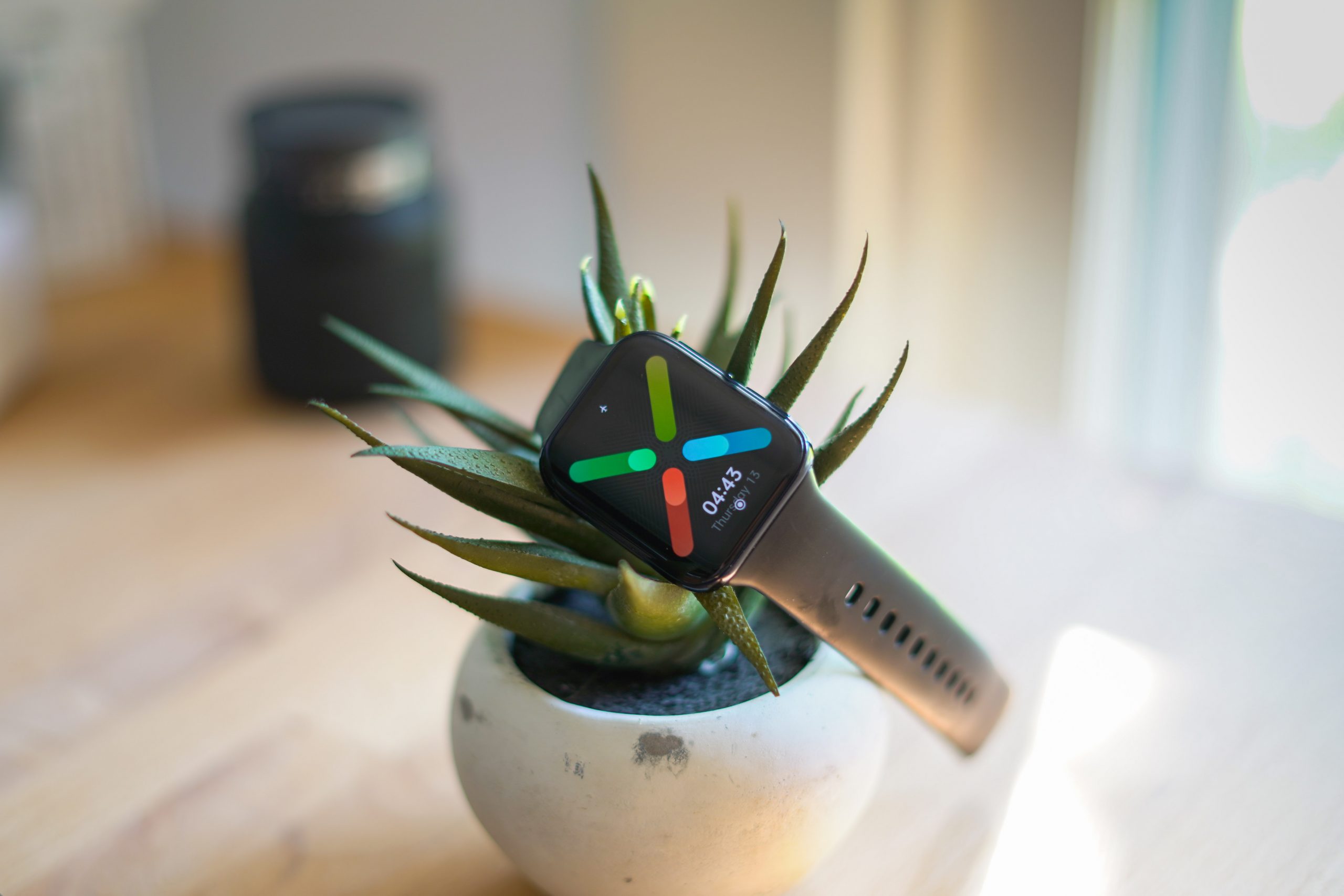
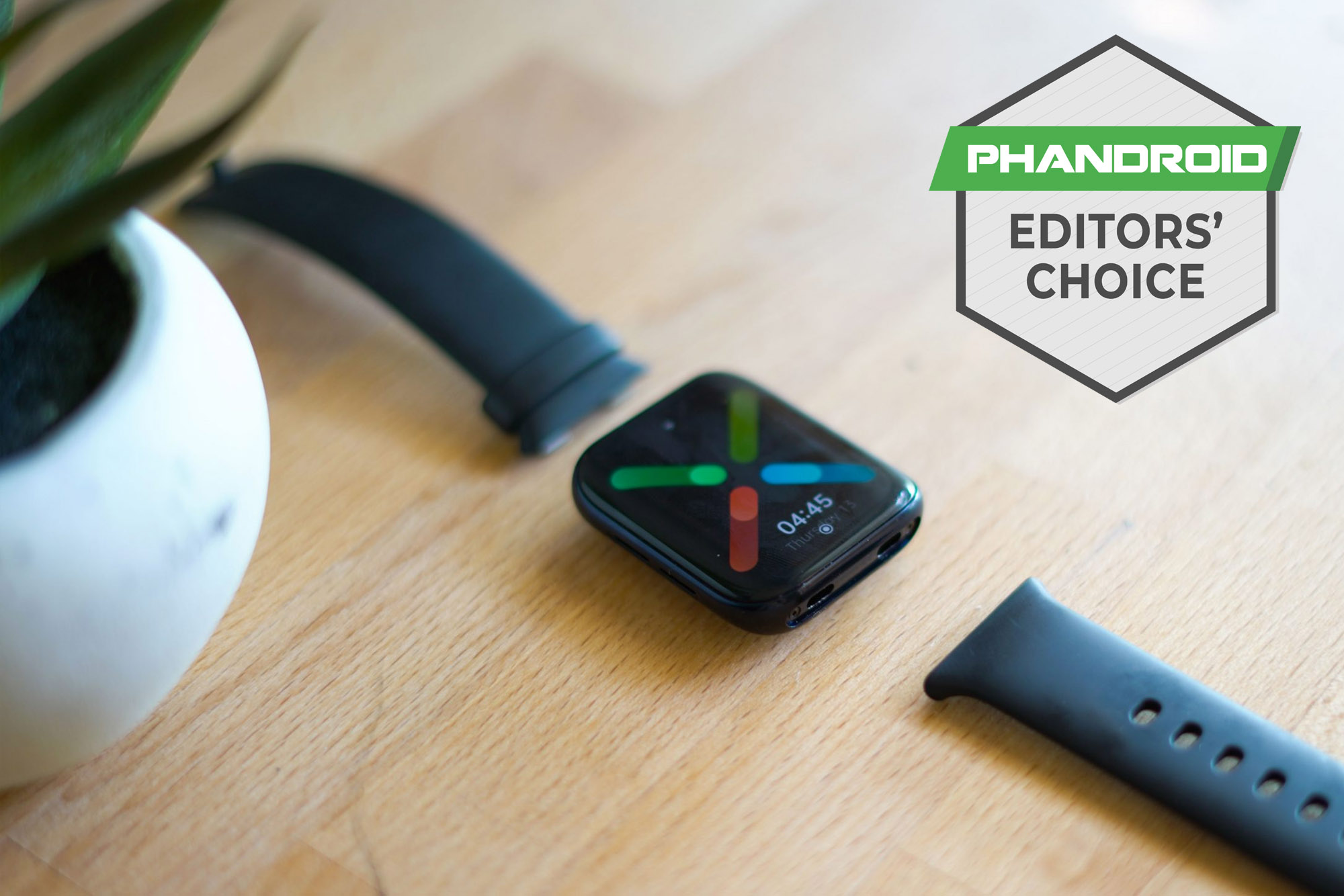
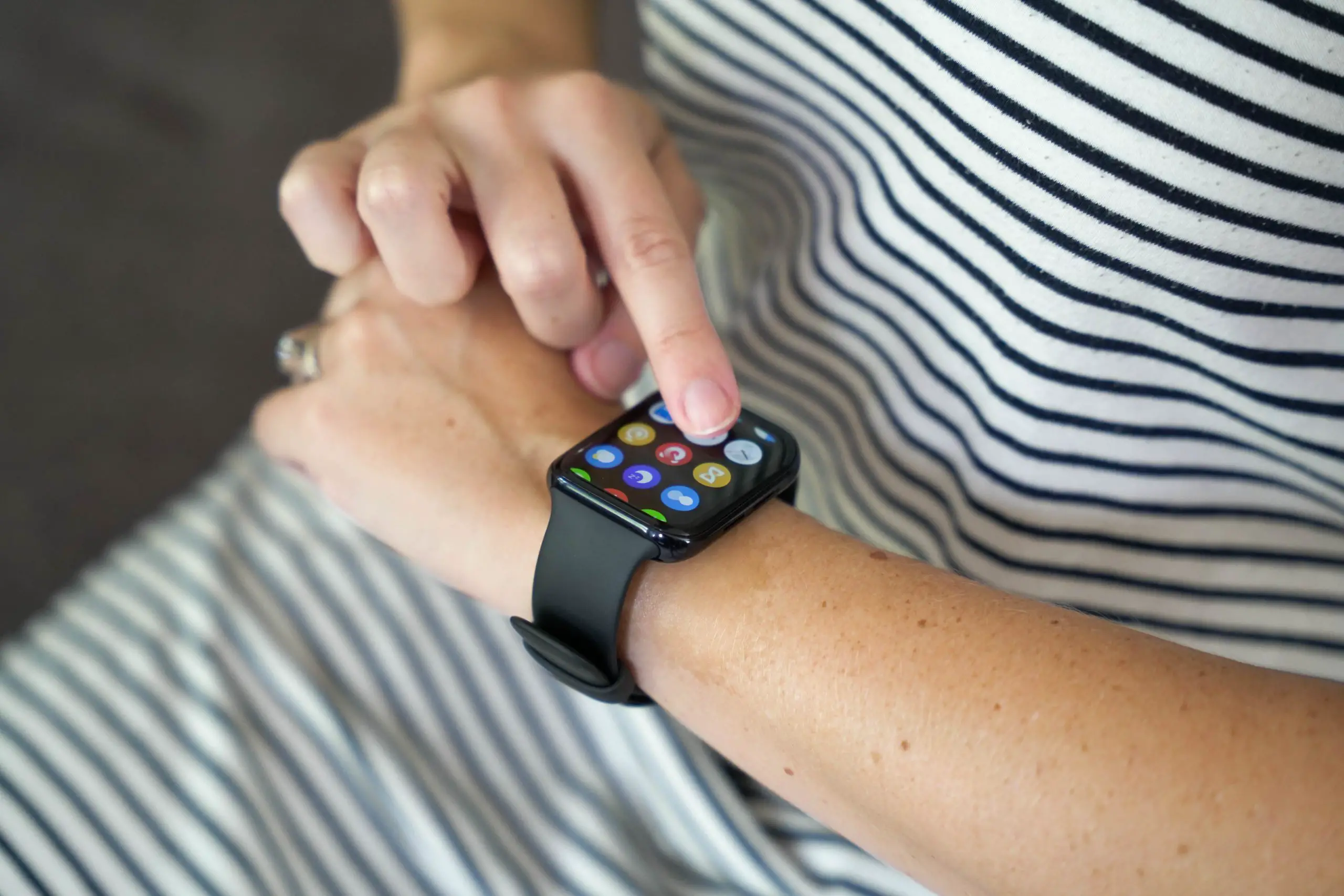
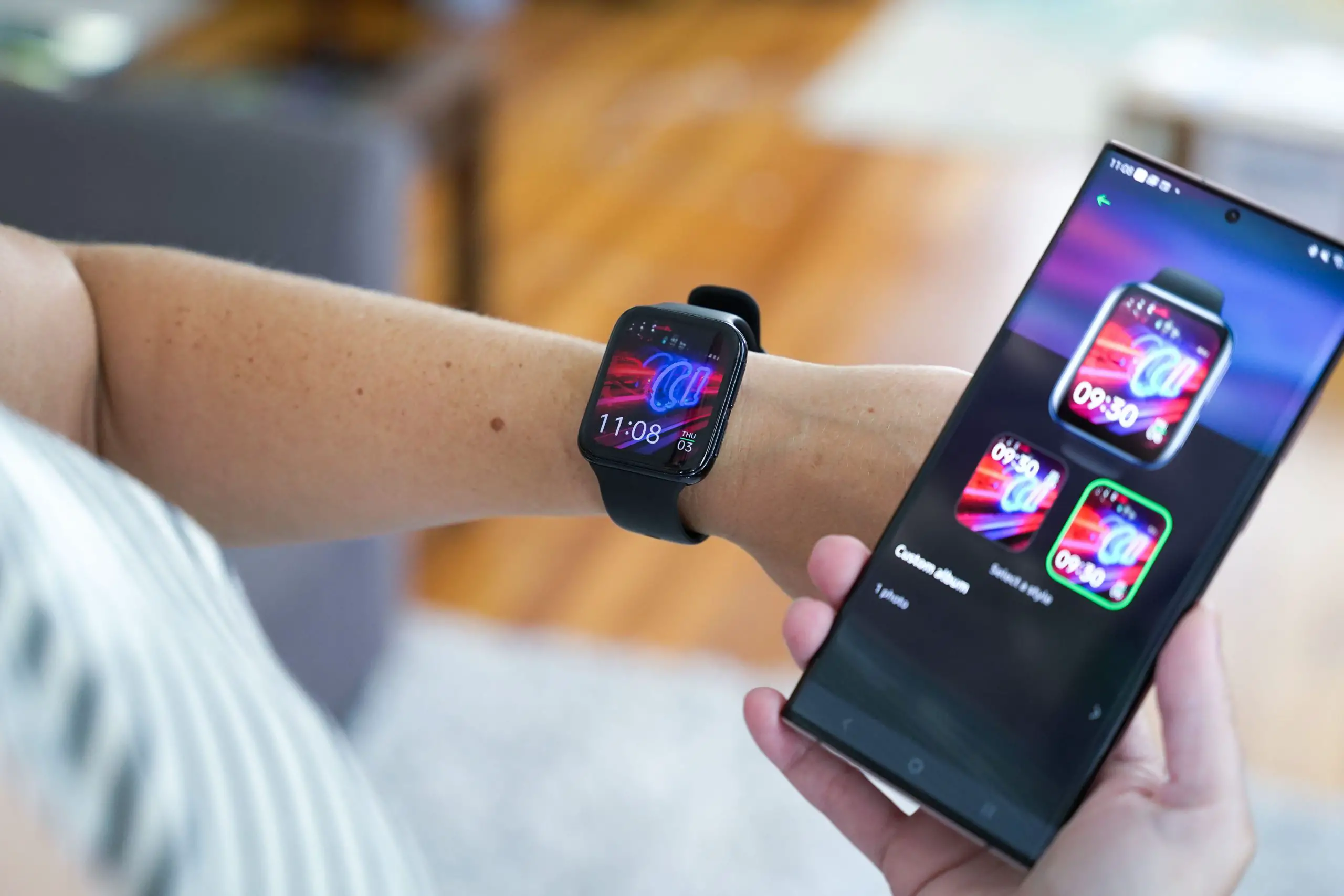
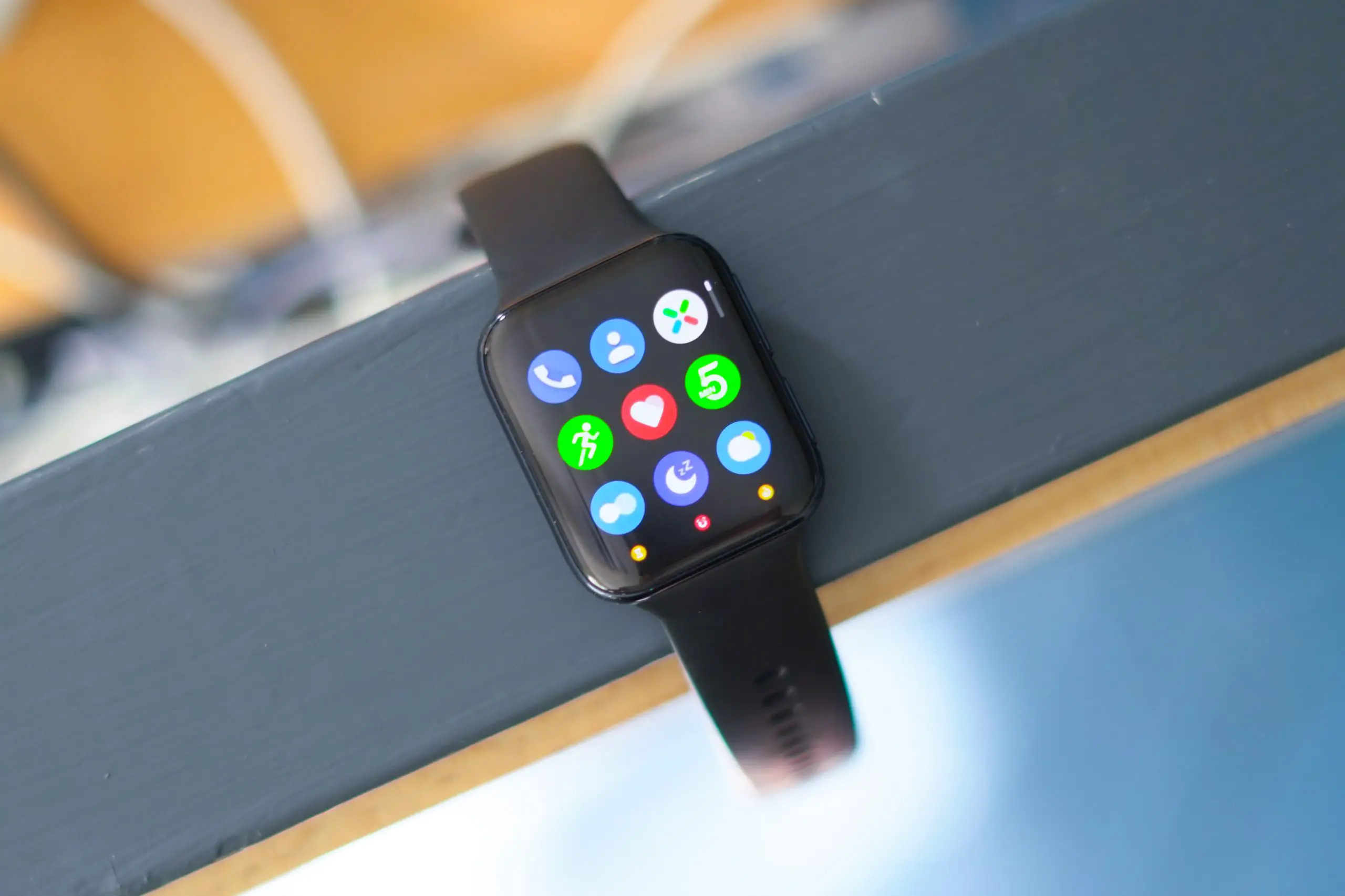
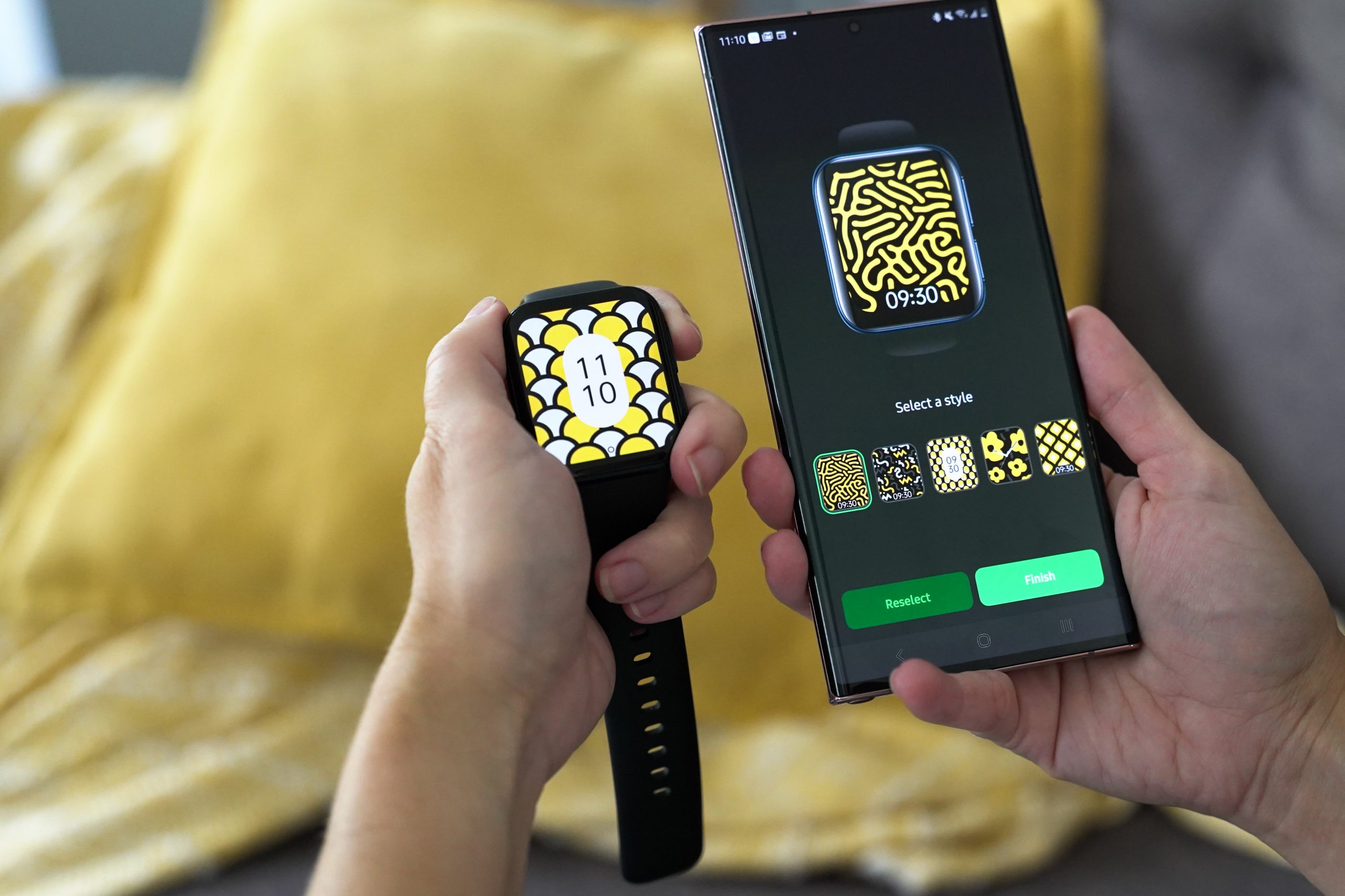
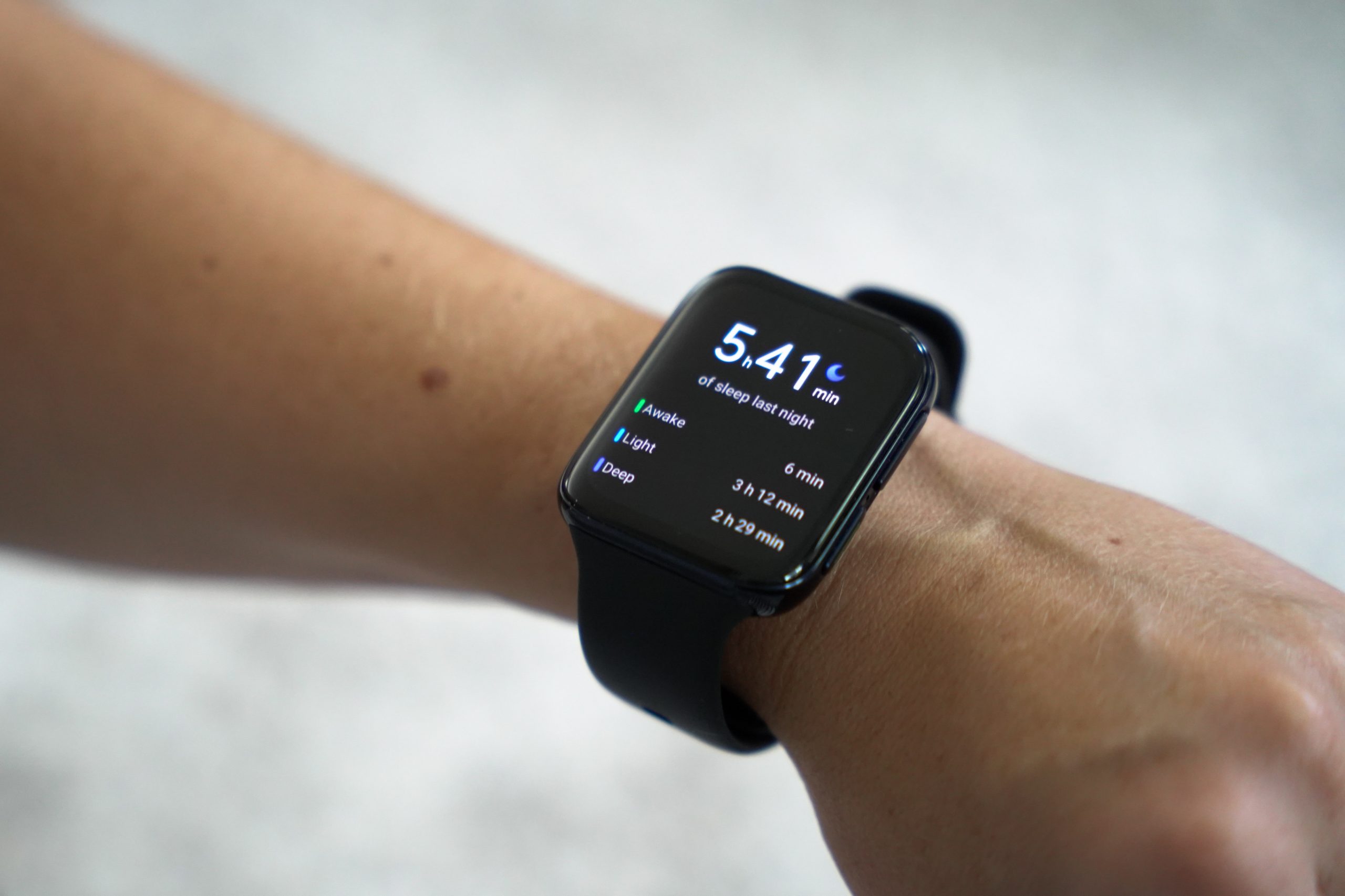
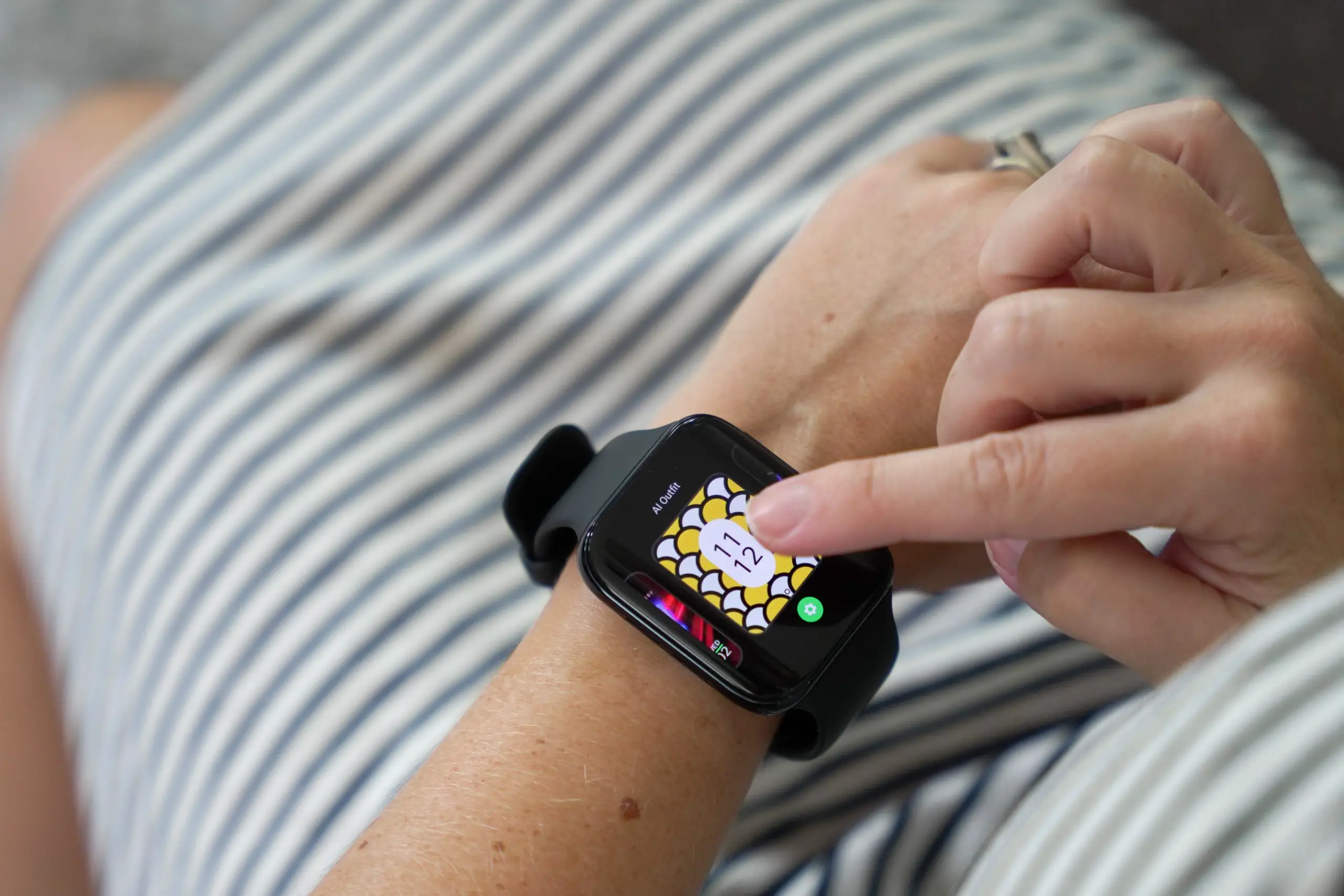

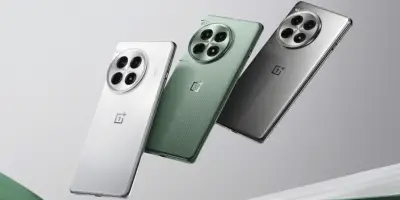
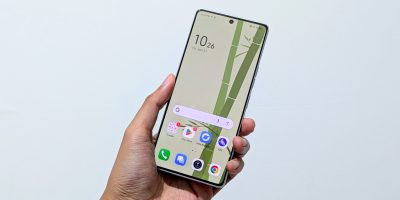

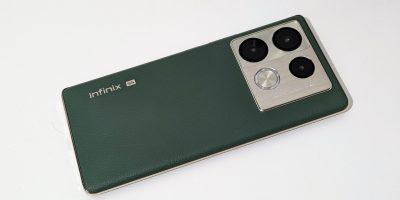




Comments